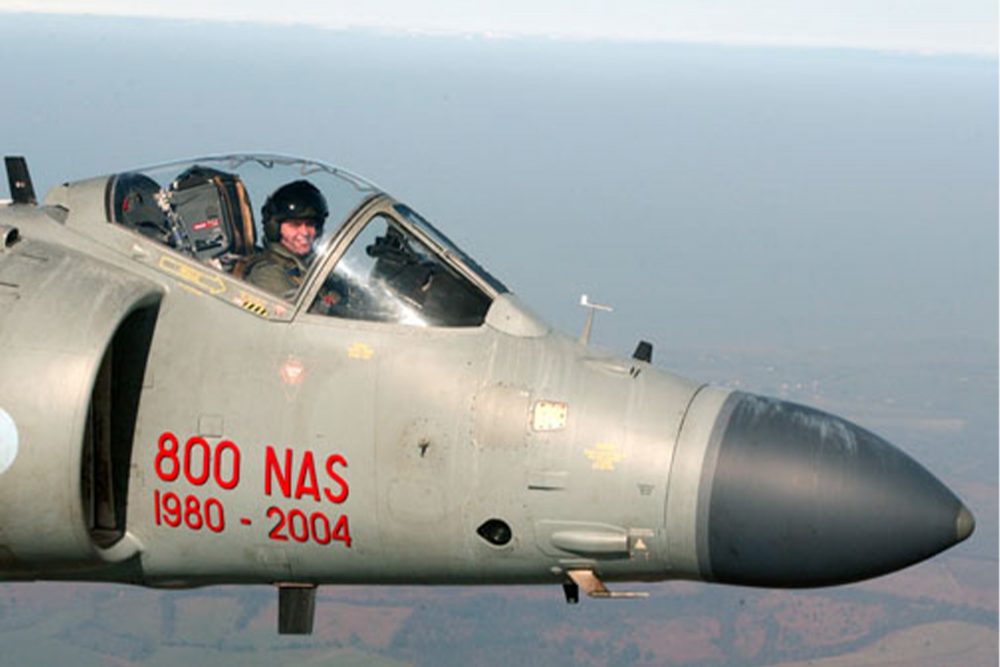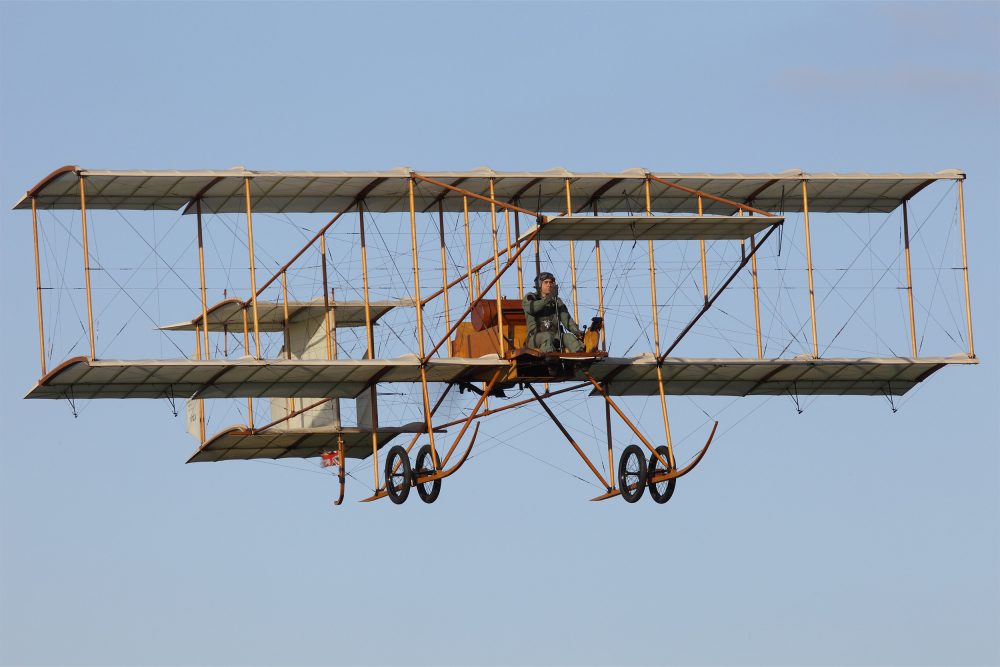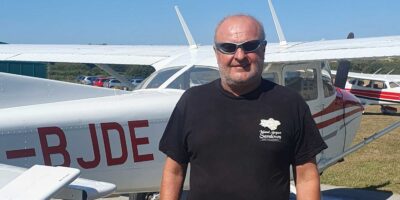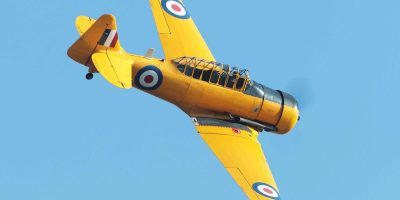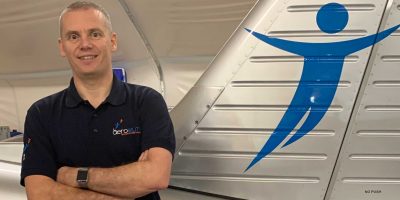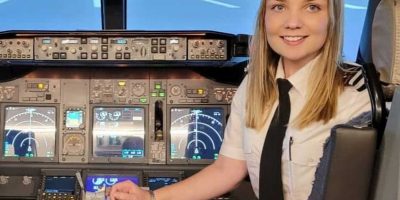How did you get into aviation?
At 16, I wanted to become a chemical engineer as I thought they could ‘blow up things’. However, the Royal Navy flying scholarship sounded like a great freebie with 30 flying hours. I didn’t have any aviation experience or expectation of the course, but from the moment I stepped into the aircraft, I was absolutely captivated. Within only a few hours of flying, I was convinced aviation would be my career.
How did your flight training go?
It was exciting. I was 17 and away from home for a month. CFI Fred Wells ran the place and was into King’s Cup Air Racing.
“Within only a few hours of flying, I was convinced aviation would become my career”
This was 1983, and most of our instructors were quite eccentric old-school aviators. They’d grown up in the 1960s aviation environment, which meant we got a slice of that amazing era. I liked being with a group of cadets, all living and breathing aviation. Since I’m a very competitive person, I set myself the goal of soloing sooner than the rest.
What do you remember from your first solo?
I remember the runway, 21, that it was a left-hand circuit and that, after climbing away, I did the classic thing of looking across at the right-hand seat. The flight itself wasn’t very eventful, but I also recall that it wasn’t my best landing. There was at least one bounce on the runway and I walked away feeling not very proud…
That scholarship was a light bulb moment. Afterwards I aimed for the most exciting and challenging flying job possible, which back then was flying Sea Harriers off an aircraft carrier. I ended up surviving 475 deck landings and commanding both 800 and 801 Naval Air Squadrons. During my time in the Royal Navy I learned that no matter how badly you cock up, it’s the recovery that counts, and you absolutely never stop learning.
Old Warden is regarded as a top display venue for visitors, but do you enjoy it as a pilot too?
Certainly! Flying the Shuttleworth Collection is a massive privilege. Every day I pinch myself, realising that I’m given this exclusive look into history. It’s a full multi-sensory experience – sight, smell, sounds, feel and even taste. Putting yourself in the cockpit seat, you get a glimpse of what the brave pilots experienced who flew the really early designs, or flew these aircraft in combat or air races. I joined the Collection in 1996 and spent a year pushing and polishing the aircraft before being selected to fly them. You start with the Tiger Moth, work your way towards WWII aircraft, then back to the Edwardians. In the past 25 years, I’ve been lucky enough to fly nearly the entire collection.


